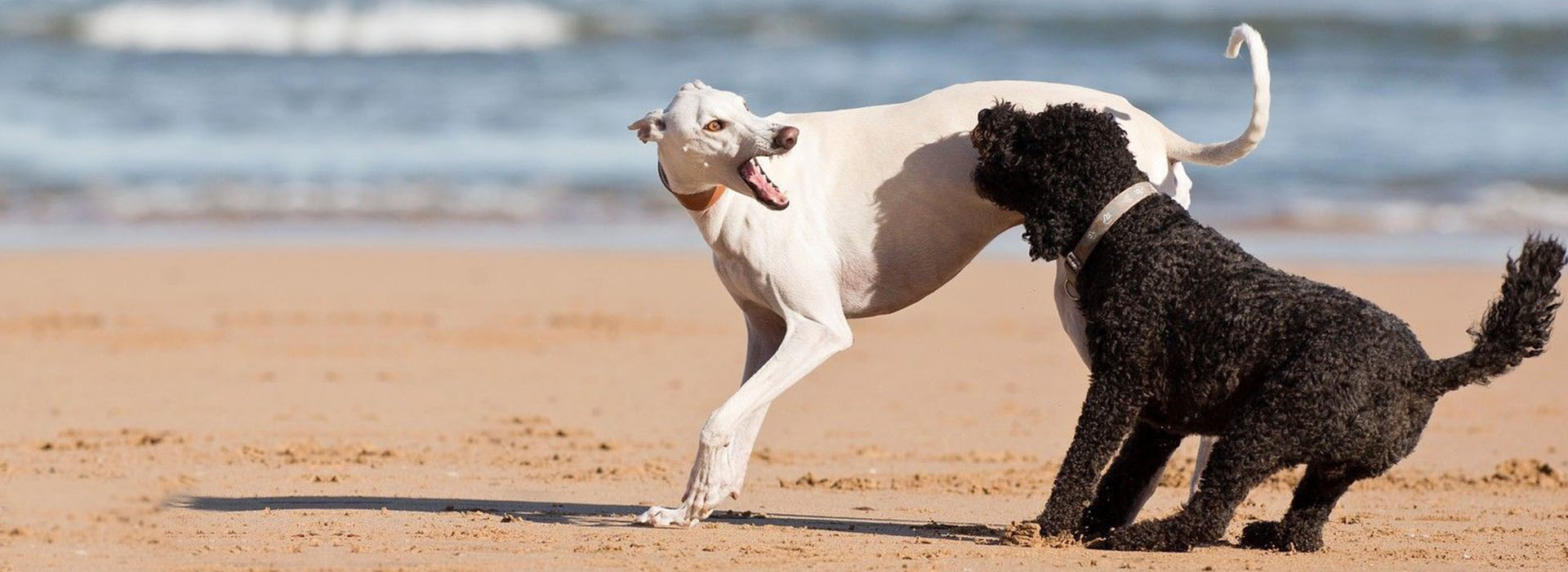
By Wells Lin | Updated Jul. 21, 2025
If your dog lunges, growls, or barks excessively at other dogs, bikes, or people on walks, you’re not alone. Many loving dogs are “leash reactive”—and while it can be stressful, it’s a manageable behavior with the right tools and approach.
Leash reactivity often stems from fear, overexcitement, or frustration. A reactive dog may feel trapped or overstimulated while on a leash, leading to sudden outbursts that surprise even the calmest owner.
Other dogs
Strangers or loud noises
Bikes, skateboards, or strollers
Crowded areas or unexpected sounds
Give space: Cross the street or create distance from known triggers.
Watch their body language: Tense posture, locked gaze, or tail up may signal a reaction is coming.
Use gear that supports control: A front-clip harness can redirect pulling gently, while shorter leads offer better handling in tight areas.
Reward calm behavior: Bring treats and reward your dog for focusing on you or walking calmly past mild distractions.
Avoid punishment: Reactivity is often rooted in fear—punishment can worsen it. Focus on calm, patient redirection.
Try low-traffic walking times
Practice “engage-disengage” games (letting your dog glance at the trigger, then reward for looking away)
Consider working with a trainer who specializes in force-free methods
With consistency, compassion, and the right walking setup, even reactive dogs can learn to enjoy their outdoor time again.